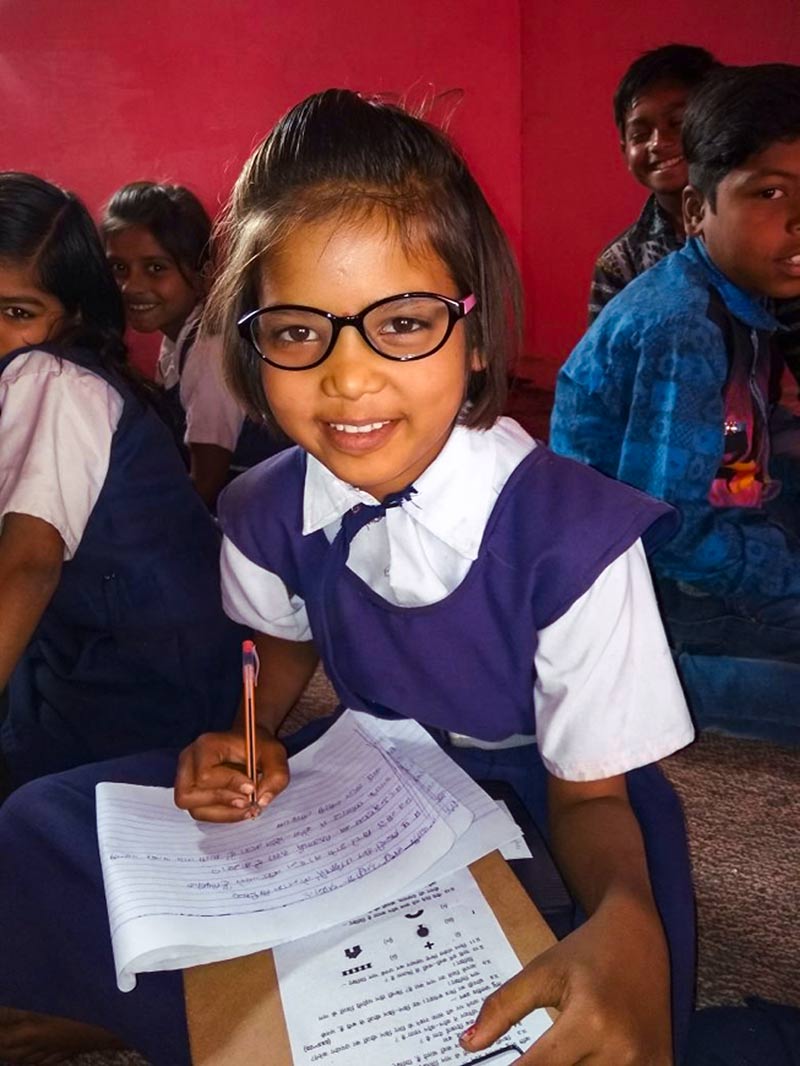Who is at risk of myopia?

Related content
Ethnicity is a significant risk factor, with individuals from East and South East Asian countries at greater risk of developing myopia.1 More importantly, myopia begins at an earlier age in these individuals, resulting in a greater number of years during which myopia can progress. This increases the risk that they will develop high myopia.2
Older children are more likely to develop myopia.3 However, annual progression is significantly greater in younger children.4 A 6-year old child with myopia will have significantly greater progression than, for example, a 10-year old, placing them at greater risk of high myopia.
Parental myopia may also influence onset with those with both parents being myopic at greater risk of developing myopia.2
There is also a small difference in prevalence between males and females, with females at greater risk of myopia than males.5
References
1 Wu PC, Huang HM, Yu HJ, et al. Epidemiology of Myopia. Asia Pac J Ophthalmol (Phila) 2016;5(6):386-93.
2 French AN, Morgan IG, Mitchell P, et al. Risk Factors for Incident Myopia in Australian School children: The Sydney Adolescent Vascular and Eye Study. Ophthalmology 2013;120(10): 2100-08.
3 Saw SM, Tong L, Chua WH, et al. Incidence and progression of myopia in Singaporean school children. Invest Ophthalmol & Vis Sci 2005;46(1):51-7.
4 Sankaridurg P, Holden BA, Donovan LA, et al. An annual rate of myopic progression model for asian children. IOVS 2014;55(13):3629.
5 Sun J, Zhou J, Zhao P, et al. High prevalence of myopia and high myopia in 5060 Chinese university students in Shanghai. Invest Ophthalmol & Vis Sci 2012;53(12):7504-9.

